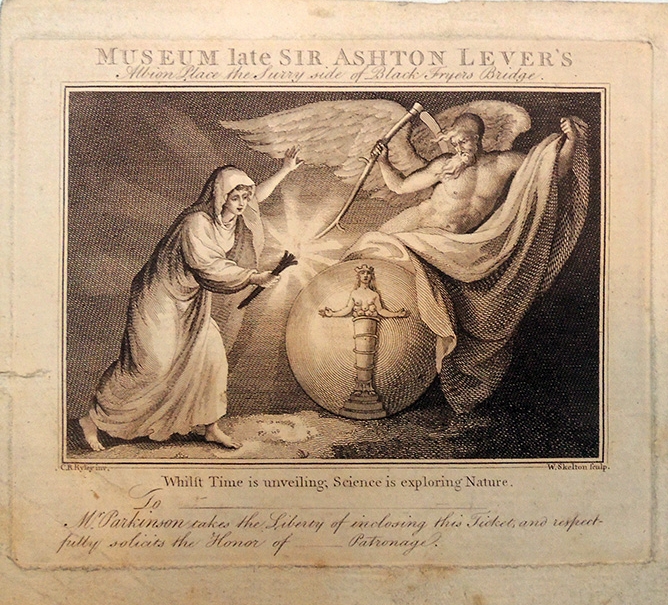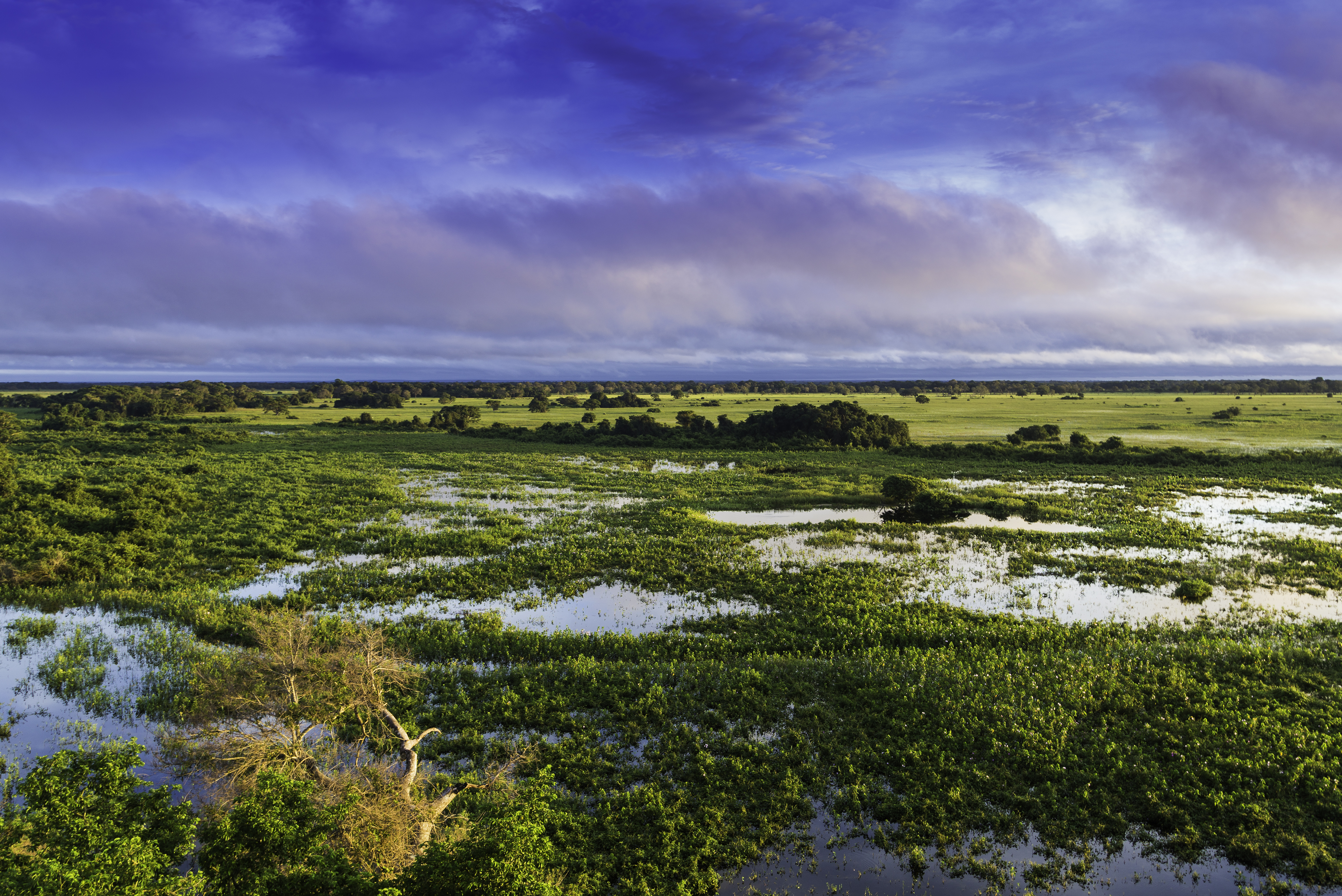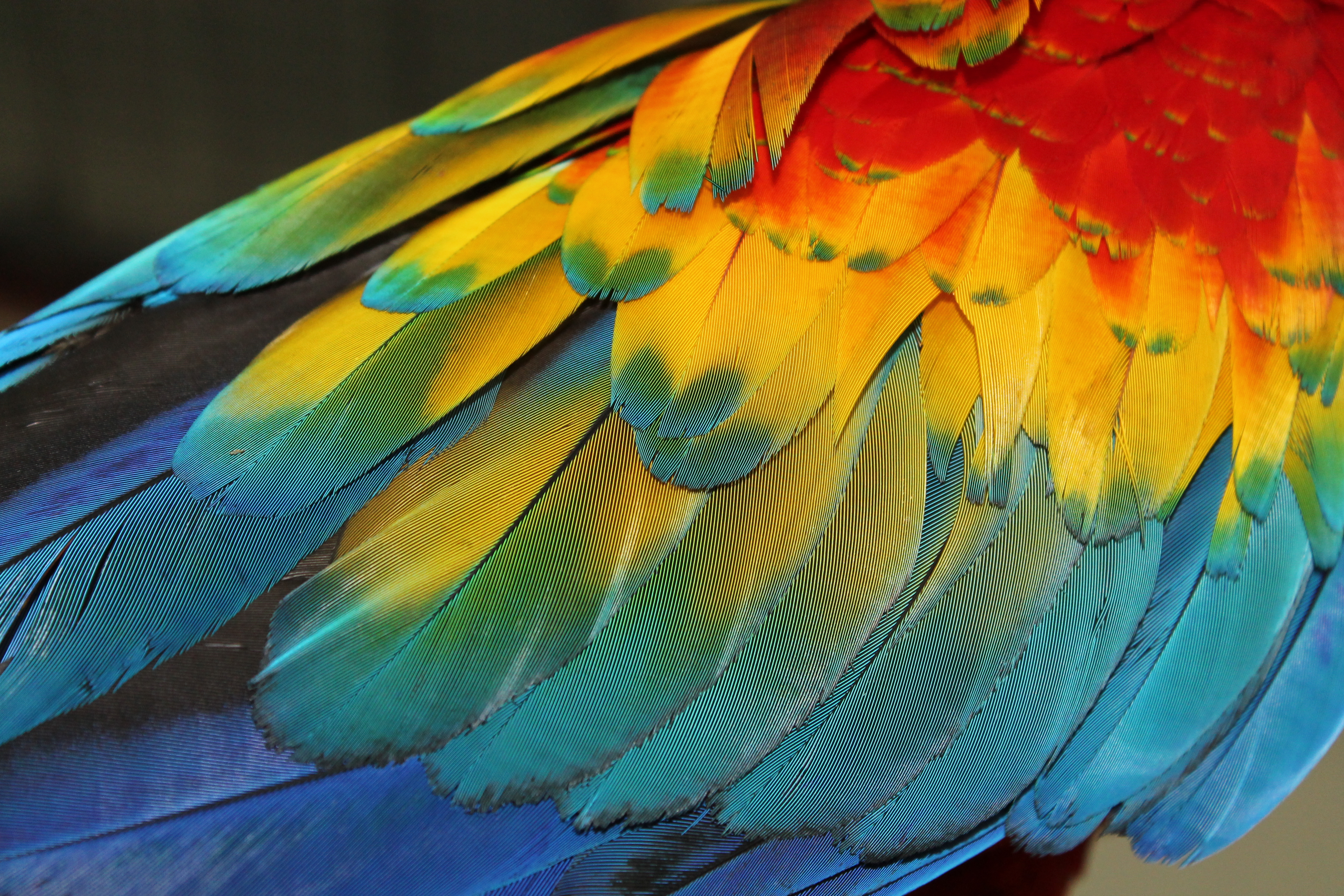|
Hyacinth Macaw
The hyacinth macaw (''Anodorhynchus hyacinthinus''), or hyacinthine macaw, is a parrot native to central and eastern South America. With a length (from the top of its head to the tip of its long pointed tail) of about one meter it is longer than any other species of parrot. It is the largest macaw and the largest flying parrot species; the flightless kākāpō of New Zealand outweighs it at up to 3.5 kg. While generally easily recognized, it could be confused with the smaller Lear's macaw. Habitat loss and the trapping of wild birds for the pet trade have taken a heavy toll on their population in the wild, so the species is classified as Vulnerable on the International Union for Conservation of Nature's Red List, and it is protected by its listing on Appendix I of the Convention on International Trade in Endangered Species of Wild Fauna and Flora (CITES). Taxonomy English physician, ornithologist, and artist John Latham first described the hyacinth macaw in 1790 under ... [...More Info...] [...Related Items...] OR: [Wikipedia] [Google] [Baidu] |
Disney’s Animal Kingdom
Disney's Animal Kingdom Theme Park is a zoological theme park at the Walt Disney World Resort in Bay Lake, Florida, near Orlando. Owned and operated by The Walt Disney Company through its Parks, Experiences and Products division, it is the largest theme park in the world, covering . The park opened on Earth Day, April 22, 1998, and was the fourth theme park built at the resort. The park is dedicated and themed around natural environment and animal conservation, a philosophy once pioneered by Walt Disney. Disney's Animal Kingdom distinguishes itself from the rest of Walt Disney World's theme parks by featuring traditional attractions as well as hundreds of species of live animals. Special designs and provisions were incorporated throughout the park to protect the animals' welfare. The park is located on the western edge of the resort and is isolated from the other theme parks and properties to minimize external disruptions to the animals; as a result, the park's former night ... [...More Info...] [...Related Items...] OR: [Wikipedia] [Google] [Baidu] |
James Parkinson (museum Proprietor)
James Parkinson (baptised 28 February 1730, St Mary's Church, Shrewsbury – 25 February 1813) was an English land agent and the proprietor of the Leverian Museum which he won in a lottery. He then moved the Leverian collection to a museum at the Blackfriars Rotunda which was sometimes referred to as "Parkinson's Museum". He has sometimes been confused with the surgeon James Parkinson. Life Parkinson was the son of James Parkinson and his wife, Jane Birch who had moved from Ireland to Shrewsbury in 1723. His first training was as a law stationer, but he then became a land agent and accountant. In 1769 he helped in the settlement of Sir Thomas Robinson's tangled estates at Rokeby, Yorkshire. This success made his reputation. He later became involved in the Ranelagh Gardens. Parkinson's wife Sarah (married around 1775) had bought two tickets at a guinea each of the lottery for the disposal of the Holophusicon collection of Sir Ashton Lever sometime in 1784. On 23 March 1786, the d ... [...More Info...] [...Related Items...] OR: [Wikipedia] [Google] [Baidu] |
Corvid
Corvidae is a Cosmopolitan distribution, cosmopolitan family (biology), family of oscine passerine birds that contains the crows, ravens, rook (bird), rooks, jackdaws, jays, magpies, treepies, choughs, and nutcracker (bird), nutcrackers. In colloquial English, they are known as the crow family or corvids. Currently, 133 species are included in this family. The genus ''Corvus'', including the crows, rooks, and ravens, makes up over a third of the entire family. Corvids (Raven, ravens) are the largest passerines. Corvids display remarkable Animal cognition, intelligence for animals of their size, and are among the most Bird intelligence, intelligent birds thus far studied. Specifically, members of the family have demonstrated self-awareness in mirror tests (European magpies) and Tool use by animals, tool-making ability (e.g. crows and rooks), skills which until recently were thought to be possessed only by humans and a few other higher mammals. Their total brain-to-body mass ratio ... [...More Info...] [...Related Items...] OR: [Wikipedia] [Google] [Baidu] |
Toco Toucan
The toco toucan (''Ramphastos toco''), also known as the common toucan or giant toucan, is the largest and probably the best known species in the toucan family. It is found in semi-open habitats throughout a large part of central and eastern South America. It is a common attraction in zoos. Taxonomy and systematics German zoologist Philipp Ludwig Statius Müller described the toco toucan in 1776. Subspecies Two subspecies are recognized: * ''R. t. toco '' - Statius Müller, 1776: Found in the Guianas, northern and north-eastern Brazil and south-eastern Peru * ''R. t. albogularis'' - Cabanis, 1862: Originally described as a separate species. Found in eastern and southern Brazil, northern Bolivia, Paraguay and northern Argentina Description The toco toucan has conspicuously contrasting plumage with a mainly black body, a white throat, chest and uppertail-coverts, and red undertail-coverts. What appears to be a blue iris is actually thin blue skin around the eye. This blue skin ... [...More Info...] [...Related Items...] OR: [Wikipedia] [Google] [Baidu] |
Pantanal
The Pantanal () is a natural region encompassing the world's largest tropical wetland area, and the world's largest flooded grasslands. It is located mostly within the Brazilian state of Mato Grosso do Sul, but it extends into Mato Grosso and portions of Bolivia and Paraguay. It sprawls over an area estimated at between . Various subregional ecosystems exist, each with distinct hydrological, geological and ecological characteristics; up to 12 of them have been defined.Susan Mcgrath, photos by Joel Sartore, ''Brazil's Wild Wet'', National Geographic Magazine, August 2005 Roughly 80% of the Pantanal floodplains are submerged during the rainy seasons, nurturing a biologically diverse collection of aquatic plants and helping to support a dense array of animal species. Etymology The name "Pantanal" comes from the Portuguese word ''pântano'' that means "big wetland", "big bog", "big swamp", "big quagmire" or "big marsh" plus the suffix ''-al'', that means "abundance, agglomeratio ... [...More Info...] [...Related Items...] OR: [Wikipedia] [Google] [Baidu] |
Habitat
In ecology, the term habitat summarises the array of resources, physical and biotic factors that are present in an area, such as to support the survival and reproduction of a particular species. A species habitat can be seen as the physical manifestation of its ecological niche. Thus "habitat" is a species-specific term, fundamentally different from concepts such as environment or vegetation assemblages, for which the term "habitat-type" is more appropriate. The physical factors may include (for example): soil, moisture, range of temperature, and light intensity. Biotic factors will include the availability of food and the presence or absence of predators. Every species has particular habitat requirements, with habitat generalist species able to thrive in a wide array of environmental conditions while habitat specialist species requiring a very limited set of factors to survive. The habitat of a species is not necessarily found in a geographical area, it can be the interior ... [...More Info...] [...Related Items...] OR: [Wikipedia] [Google] [Baidu] |
Dvůr Králové Nad Labem
Dvůr Králové nad Labem (, german: Königinhof an der Elbe) is a town in Trutnov District in the Hradec Králové Region of the Czech Republic. It has about 15,000 inhabitants. It lies in the Elbe river valley. Dvůr Králové nad Labem is known for the Safari Park Dvůr Králové, one of the largest zoos in the country. The town centre is well preserved and is protected by law as an urban monument zone. Administrative parts Villages of Lipnice, Verdek, Zboží, Žireč and Žirecká Podstráň are administrative parts of Dvůr Králové nad Labem. Etymology The town's name means "Queen consort's court on the Elbe". It refers to its history, when it was owned by Bohemian queens, and geographical location. It was originally named Dvůr; the name appeared as ''Curia'' in Latin in 1270, as ''Hof'' in German in 1318, and then as ''Dwuor'' in Old Czech in 1421. Geography Dvůr Králové nad Labem is located about southwest of Trutnov and north of Hradec Králové. It lies mostl ... [...More Info...] [...Related Items...] OR: [Wikipedia] [Google] [Baidu] |
Anodorhynchus
''Anodorhynchus'' is a genus of large blue macaws from open and semi-open habitats in central and eastern South America. It includes two extant species, the hyacinth macaw and Lear's macaw also known as the indigo macaw, and one probably extinct species, the glaucous macaw. At about in length the hyacinth macaw is the longest parrot in the world. Glaucous and Lear's macaws are exclusively cliff nesters; hyacinth macaws are mostly tree nesters. The three species mainly feed on the nuts from a few species of palms (notably ''Acrocomia aculeata'', '' Attalea phalerata'', ''Butia yatay'' and '' Syagrus coronata''). While blue macaws have been known from taxidermic and captive specimens since at least 1790, location of the Lear's macaw's endemic habitat wasn't known until 1978. The glaucous macaw was extirpated in the 1800s by clearance for agriculture and cattle grazing of the yatay palm (Butia yatay) groves upon which it fed, though rumors of its continued existence persist. Le ... [...More Info...] [...Related Items...] OR: [Wikipedia] [Google] [Baidu] |
Scarlet Macaw
The scarlet macaw (''Ara macao'') is a large red, yellow, and blue Central and South American parrot, a member of a large group of Neotropical parrots called macaws. It is native to humid evergreen forests of the Neotropics. Its range extends from south-eastern Mexico to Peru, Ecuador, Colombia, Bolivia, Venezuela and Brazil in lowlands of (at least formerly) up to , the Caribbean island of Trinidad, as well as the Pacific island of Coiba. Formerly, it ranged north to southern Tamaulipas. In some areas, it has suffered local extinction because of habitat destruction, or capture for the parrot trade, but in other areas, it remains fairly common. It is the national bird of Honduras. Like its relative the blue-and-yellow macaw, the scarlet macaw is a popular bird in aviculture as a result of its striking plumage. Taxonomy The scarlet macaw was formally described by the Swedish naturalist Carl Linnaeus in 1758 in the tenth edition of his ''Systema Naturae'' under the binomial name ' ... [...More Info...] [...Related Items...] OR: [Wikipedia] [Google] [Baidu] |
Eleazar Albin
Eleazar Albin ( fl. 1690 – c. 1742)Michael A. Salmon, Peter Marren, Basil Harley. ''The Aurelian Legacy'' (University of California Press, 2000) pp. 109-110. was an English naturalist and watercolourist illustrator who wrote and illustrated a number of books including ''A Natural History of English Insects'' (1720), ''A Natural History of Birds'' (1731–38) and ''A Natural History of Spiders and other Curious Insects'' (1736). He has been described as one of the "great entomological book illustrators of the 18th century". Biography Nothing is known of Albin's early life, though he may have been German-born; he claimed to have been in Jamaica in 1701. In 1708 he is known to have been married and living in Piccadilly, London. According to autobiographical details in ''A Natural History of English Insects'', Albin taught watercolour painting before being instructed in natural history by silk weaver and naturalist Joseph Dandridge. ''A Natural History of Birds'' has coloure ... [...More Info...] [...Related Items...] OR: [Wikipedia] [Google] [Baidu] |
Patrick Browne (physician)
Patrick Browne (1720–1790) was an Irish physician and botanist. Career Browne was born in Woodstock, County Mayo in 1720, sent to relatives on Antigua in 1737 and returned to Europe due to ill health after two years. He studied medicine, natural history and especially botany at Reims, Paris, and Leyden, qualifying in 1743. He worked as a physician at St. Thomas's Hospital, London, visited Barbados, Montserrat, Antigua, and St. Kitts in the West Indies and settled as physician in Jamaica in 1746. He corresponded with the botanist Carl Linnaeus, among whose papers were found fragments of articles on venereal diseases and yaws by Browne. His major work, ''The Civil and Natural History of Jamaica'' (1756), illustrated by the botanic artist Georg Dionysius Ehret, contains new names for 104 genera.Patrick Browne author, 1756 - Climatoloy, Medical - 503 pages He retired to Rushbrook, near Claremorris Claremorris (; ) is a town in County Mayo in the west of Ireland, at ... [...More Info...] [...Related Items...] OR: [Wikipedia] [Google] [Baidu] |






